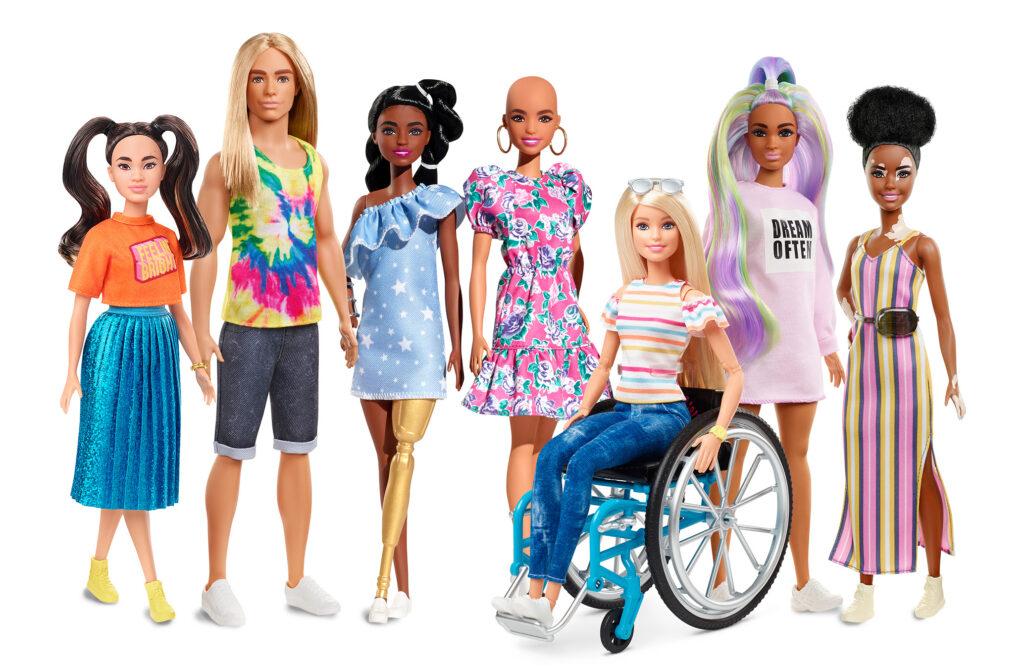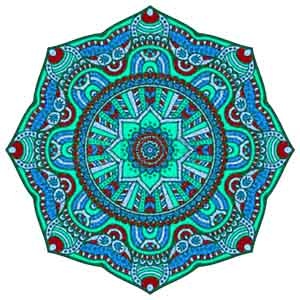
For doll enthusiasts, whether their obsession is a Pullip, a Blythe, or a Dollfie, there is no greater joy than customizing their doll. There’s also no greater pain than ruining a beautiful doll with stains or chemicals after the wrong care. For all that can go wrong with a faceup, however, so much can go right. Here are some tips for painting a beautiful customized doll.
Know The Medium
Each type of doll will require different care. The main types of doll that can be painted and customized are plastic dolls similar to Blythe and Pullip, vinyl dolls like Tyler Wentworth and Barbie, and resin dolls like the Volks Super Dollfie. Of all of these, Resin is the easiest to change, and vinyl is the easiest to paint, but stains easily. Aspiring doll faceup artists may want to practice on a few cheap ceramic dolls before tackling Tonner fashion dolls, or resin ball jointed dolls (BJDs).
The first step in painting a doll face is to remove the old face paint. In nearly any medium, this can be done with three items: an abrasive sponge, some acetone (resin only!), or some rubbing alcohol. When using any caustic material such as acetone, it may be a good idea to dilute it with water to avoid damaging the doll’s face. Dip a sponge into the alcohol or acetone and water solution, and use it to gently wipe away any current paint. Clean the doll head thoroughly after removing paint, as leaving chemicals on any material might damage it.
Painting the Doll
The next step in painting a doll is to seal the doll’s face. There are many substances to do this. Among doll hobbyists, Testor’s Dull Cote and the Japanese import Mister Super Clear are the most popular. These sealants not only protect the original material, but provide a texture that will hold paints and powders. Testor’s may not be suitable for Blythe or Pullip dolls, so always test a spare head first. Always seal a doll outdoors, in a well ventilated area. Hold the can at least a few feet away from the doll head, and lightly mist the head a few times until the area is coated with a transparent layer of sealant.
Many doll faceup artists begin with blushing. Blushing a doll adds a lifelike quality. There are several suitable methods of blushing. For those talented with an airbrush, airbrushed blushing is very natural in appearance. For beginners, however, chalk pastels, or oil free makeup will work. Makeup brushes, or natural fiber art brushes are best for blushing. Create the desired color by applying the brush to the chalk, or by shaving the pastels and mixing colors. Lightly dust the powder on the doll’s cheeks and nose.
Painting Doll Eyes and Lips
After the doll is blushed, another layer of sealant will protect the work so far. Generally, any mistakes with the paint can be removed with alcohol if applied quickly enough. The eyes and the lips are the next step. The level of detail here will depend on the artist’s personal preferences.
To paint a doll’s lips, first mix the preferred color of paint using acrylic paints. For a glossy look, mix paint with a thinner for some transparency. For a matte color, apply paint directly to the lips. Painting the eyes is done in the same way. First, apply a dark liner, and then allow it to dry. Eyeshadow can be done in either chalks or paints.
Eyelashes and eyebrows are often the hardest part of a doll’s face to paint. It’s always a good idea to have a piece of glass or plastic to practice the stroke and consistency of the paint before applying it to a doll. A liner brush with a long, fine tip is often the best tool for painting doll lashes and eyebrows. Paint the lower lashes first, with light strokes that taper at the ends.
The eyebrows can be difficult, partly because they should be symmetrical. This can be accomplished easily by designing the shape of one brow, and then using a stencil to paint it. Detail can be added as desired.
At this point, seal the doll’s face again with the sealant, and allow it to dry fully. Some artists use a clear acrylic gloss to add some sheen to the lips or eyelids. Do not seal after using a gloss, as this will dull the shine.
Thank you for reading this article! If you have any further questions about this topic please contact us.
